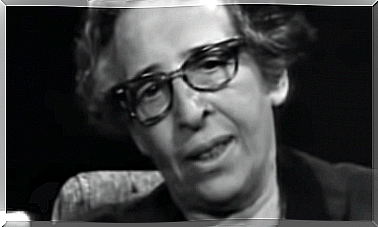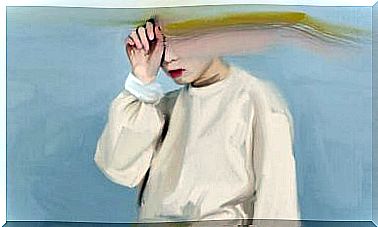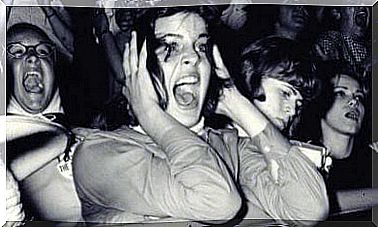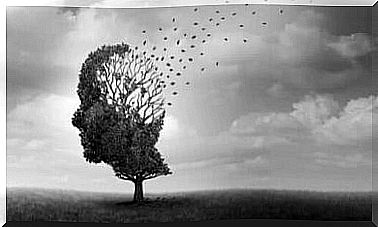The Theory Of The Four Types Of Intuitive Thinking
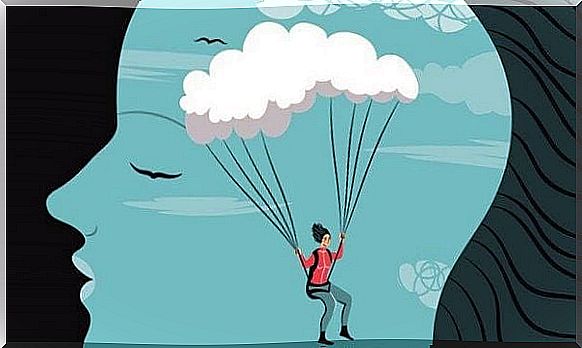
Even today, intuitive thinking is something of a mystery to the research world. But we have managed to make some progress and gained a little better understanding of this fascinating, unpredictable part of our brains. It lies somewhere between emotion and rationality, which is why it is so mysterious.
Intuitive thinking is basically the type of thinking that helps you understand the reality of the moment, without logic or analysis. There is also no language involved; it’s all about signs and sensations. In most cases, this goes against what we consider to be “rational”.
According to science, intuitive thinking takes place in a region of the brain that is close to the pineal gland. In other words, it is in line with the center of your forehead, between the eyebrows. You can not use intuitive thinking whenever you want; it only appears in “moments of inspiration”. But it really works, which is why some call it the “clinical eye” of doctors.
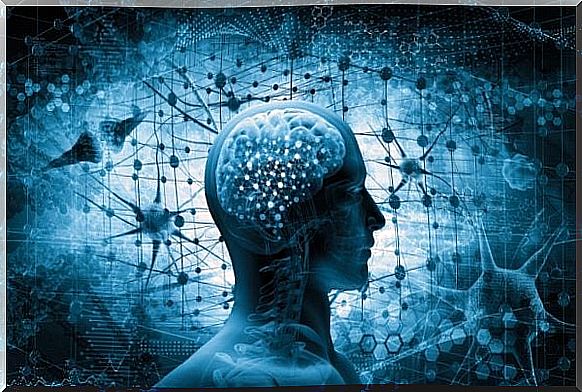
The subject of intuitive thinking has led to much speculation. But because it is so strongly linked to emotions, it is not easy to verify anything about it. It grabs people sometimes and often leads to the “intuition” becoming reality.
But science has tried to tackle this topic. A major program studying it is the Laboratory of Brain Evolution and Behavior (part of the National Institutes of Health in the United States), headed by Paul MacLean.
According to their research , intuitive thinking comes from the neocortex. This is a special part of the brain that has elements from both halves of the brain in it. Although they are not entirely sure how it works, they believe it has to do with the immediate processing of knowledge, experiences and signs around you. The end result of this processing is a correct interpretation of reality.
People have always talked about intuition as a “spark” that lights up and illuminates things. Even Albert Einstein said that his studies relied heavily on intuition. At the end of the day, however, it is artists who mainly rely on it.

The theory is that there are four types of intuitive thinking. Here they come:
- Emotionally intuitive thinking: this has to do with your ability to immediately perceive other people’s traits or emotional states. You can see who they are or how they are, without them saying anything.
- Mentally intuitive thinking: this is about finding an immediate answer to a problem, without analyzing it. It is very common in people with jobs that require quick decisions, such as firefighters or bomb technicians.
- Mentally intuitive thinking: this means that you have the ability to choose the best path to overcome a personal difficulty, without too much mental effort. It also means that one can perceive social and work-related dynamics.
- Spiritually intuitive thinking: it has to do with states of “enlightenment” or “revelations”. It is an experience rather than a fact. Buddhists talk about this type of intuition more than anyone else, which has given it a somewhat mysterious quality.

They are difficult for us in the western world to listen to our intuition. We are blinded by rationality, so it is difficult for us to believe in something that does not use logic or any other scientific system. We push away things that do not seem easy to explain. That is precisely why we have such a hard time using our intuition.
In addition , a lack of self-confidence will also block your ability to think intuitively. If you have many doubts about your subjective experiences, all your intuitions will be infected by this doubt. So instead of helping you reach the right answer (ie intuition) you will be confused and skeptical.
The best way for you to improve your intuition is to let it flow more freely. A good strategy is to note the first things you will think of in a given situation. Be sure to write it down before the logical thought processes take over. Let it come as you see it, as you would with automatic writing.
Afterwards, you can take a look at your notes to see if your initial thoughts were correct. They either do or they do not. If it seems valid and helps you resolve or understand the situation properly, then it is intuition. Doesn’t that sound like a fascinating exercise? Why not try?
